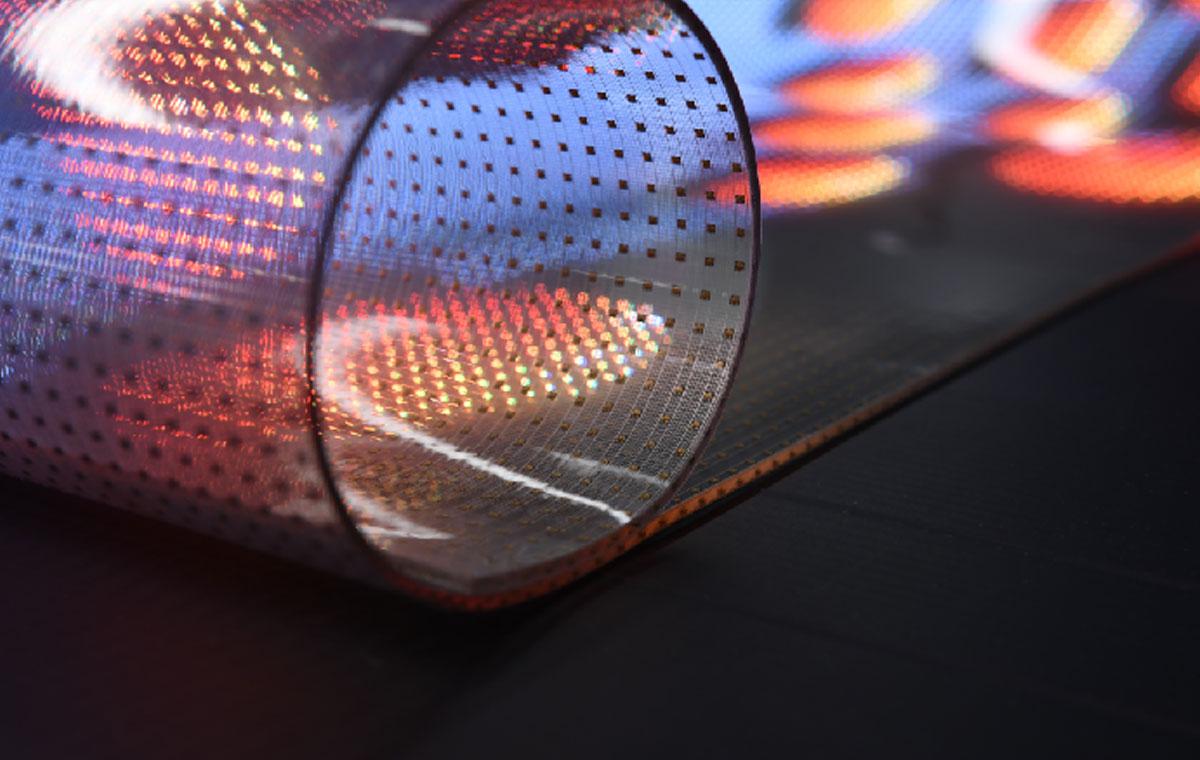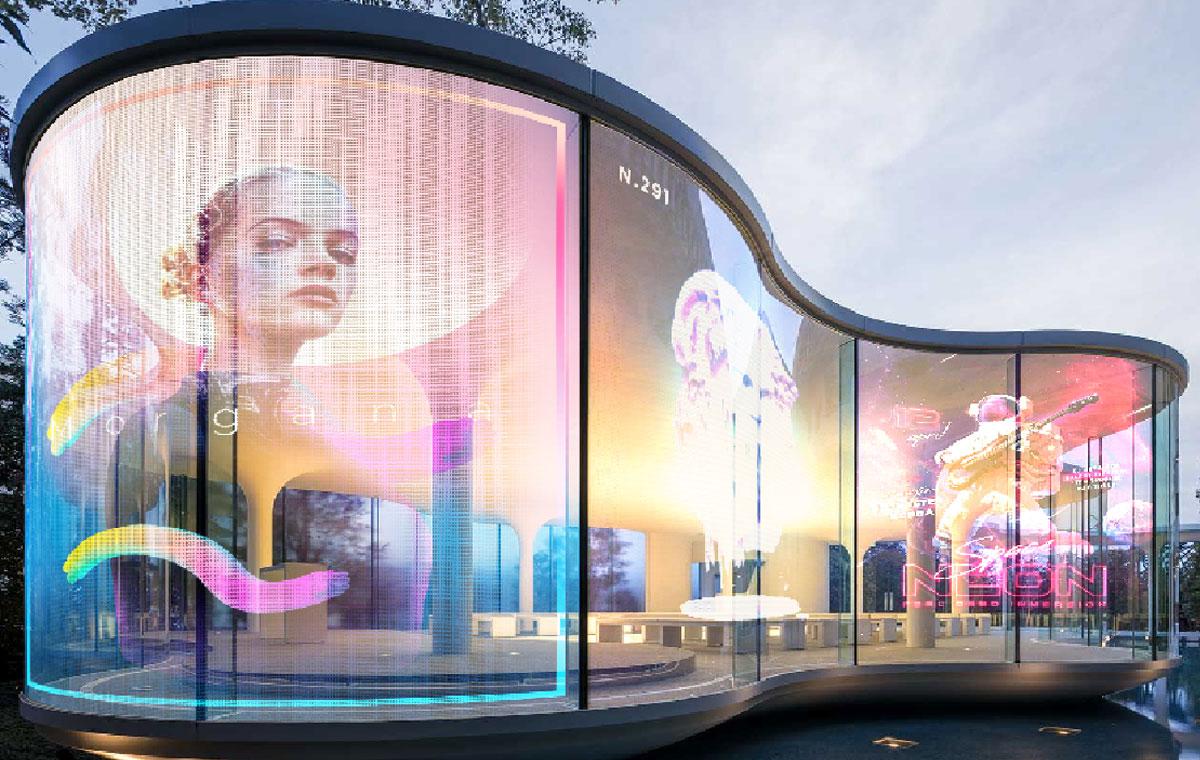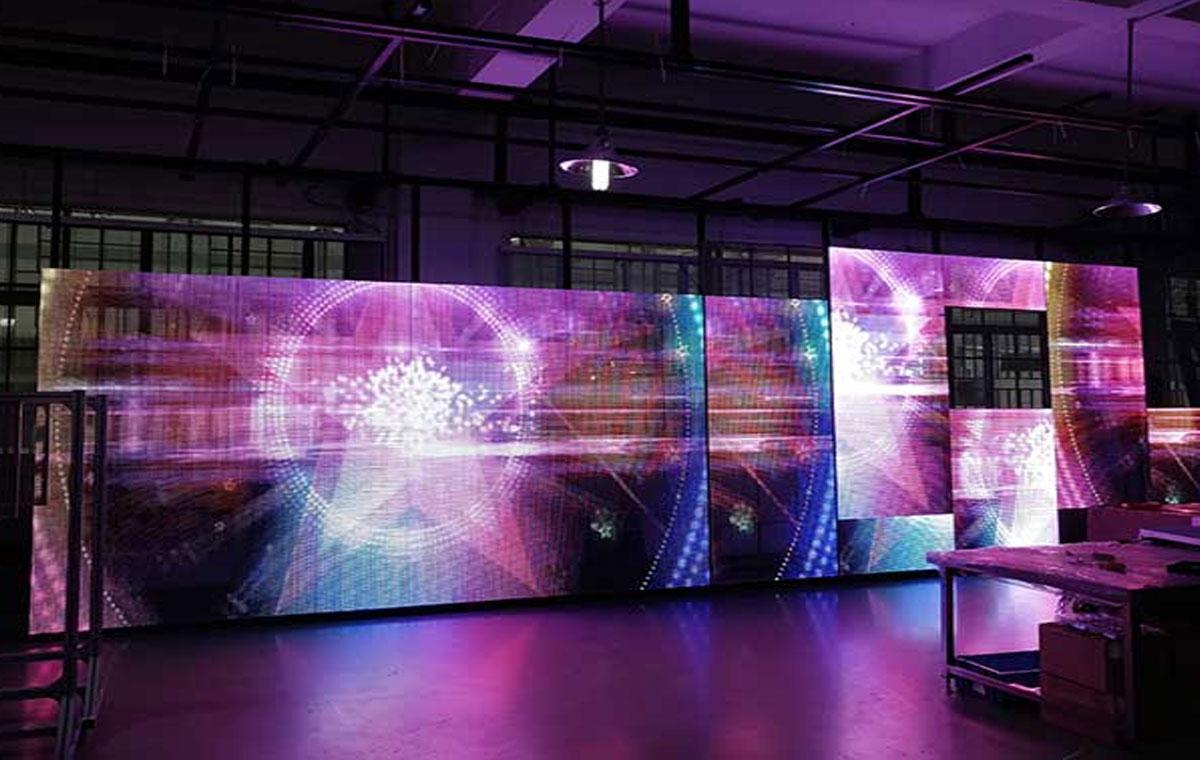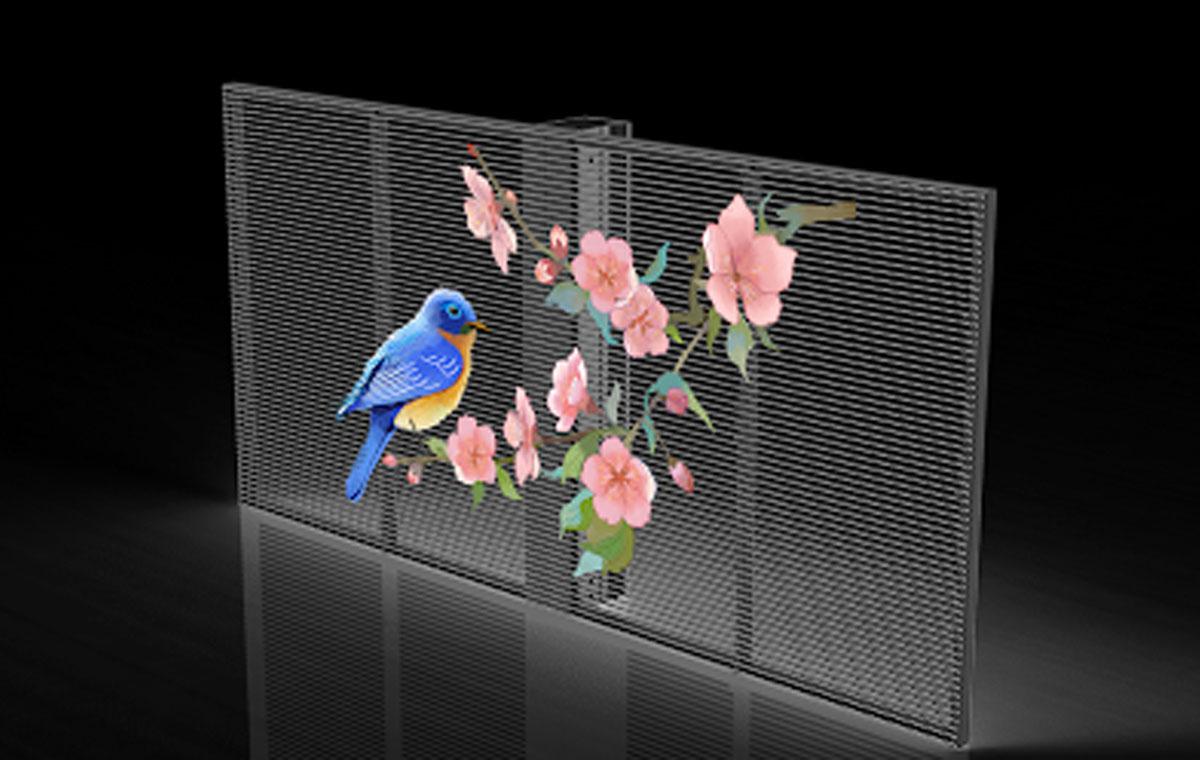1.Definition of the LED Transparent Screen
An LED transparent screen is a type of display technology that incorporates LED (Light Emitting Diode) elements to create a screen with high transparency. Unlike conventional displays, these screens permit light to pass through while still displaying content that can be seen from both sides.
The mechanism behind LED transparent screens involves the use of LED diodes, which are semiconductor devices that emit light when an electrical current is applied. These screens are made up of numerous LED arrays that are mounted on a transparent medium, such as glass or plastic.
The transparency of these screens is achieved through the use of transparent substrate materials and by meticulously designing the circuits and wiring to minimize visual obstructions.
The benefits of LED transparent screens, including their transparency, display quality, space-saving design, and energy efficiency, have made them a popular choice in the latest generation of display technologies. As technology advances, the capabilities of LED transparent screens are expected to improve, opening up new possibilities across various applications.


2.Advantages of Transparent Screens
● High transparency, with a transmittance of 50% to 75%, preserving the natural lighting and visibility of glass walls.
● Lightweight and space-efficient, with a main board thickness of just 10mm and a weight of only 12kg/m².
● Easy and cost-effective installation, eliminating the need for complex steel structures.
● Unique display effect with a transparent backdrop, creating an illusion of floating images on glass walls.
● Quick and safe maintenance, both indoor and outdoor.
● Energy-efficient and environmentally friendly, requiring no additional cooling systems and offering over 40% energy savings compared to traditional LED displays.
Is a Transparent Screen Worth Investing In?
As a novel display technology, LED transparent screens offer numerous advantages and have significant commercial potential, making them a worthwhile investment in certain scenarios. Here are some factors to consider:
1. Target Market: Assess the demand and potential opportunities in your target market for LED transparent screens. These screens are commonly used in advertising, commercial displays, retail spaces, and more. If your business or investment aligns with these sectors and there is a market demand, investing in LED transparent screens could be beneficial.
2. Budget and Return: Consider the costs and expected returns of investing in display equipment. LED transparent screens can be expensive, so it's important to evaluate the investment's feasibility and anticipated economic benefits, including potential growth in advertising revenue, branding impact, and audience engagement.
3. Competitive Landscape: The market for LED transparent screens is competitive. It's crucial to analyze competitors and market share. If the market is saturated or highly competitive, additional market research and strategic marketing may be necessary to ensure the investment's success.
4. Technological Advancements: LED transparent screen technology is continually evolving, with new products and solutions emerging. Before investing, understand current technology trends and future directions to ensure the chosen product offers reliable performance.
5. Project Scope and Customization Needs: LED transparent screens can be tailored to specific project sizes and requirements. If a large or uniquely shaped screen is needed, higher investment and customization costs may apply. Assess and communicate these needs in detail with your supplier.


Post time: Jun-26-2024







